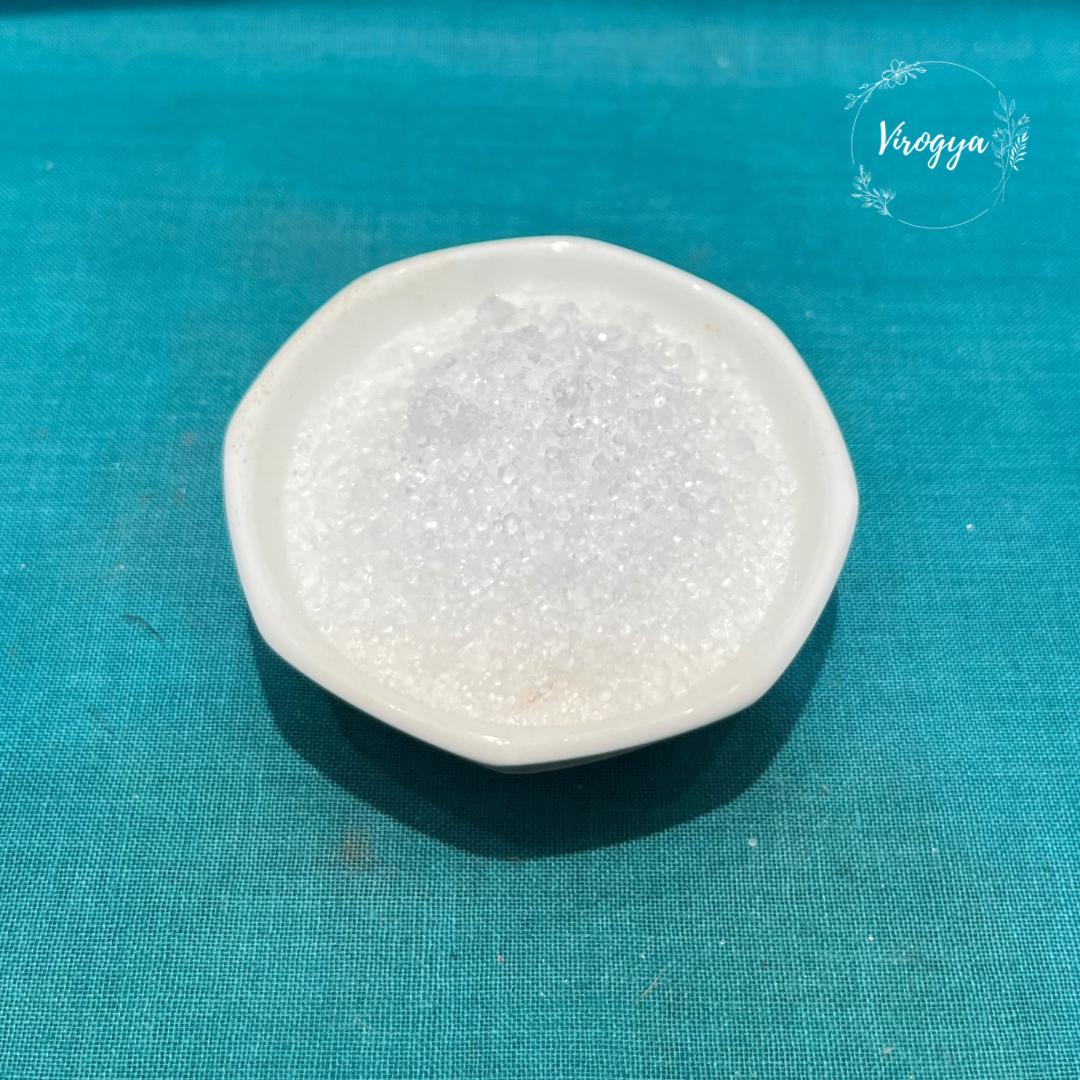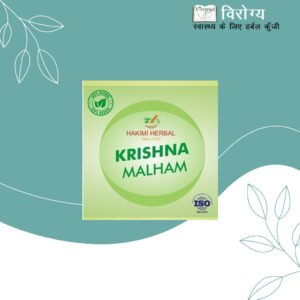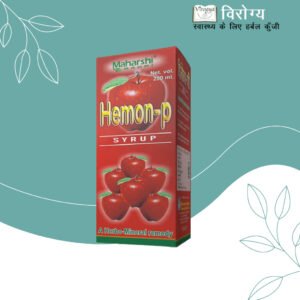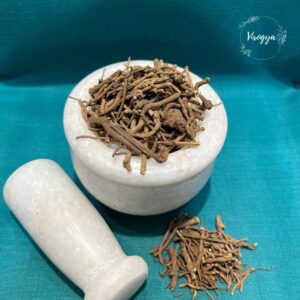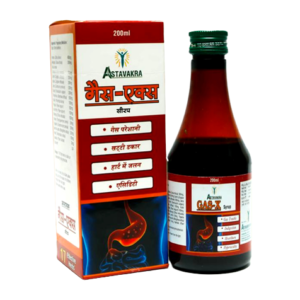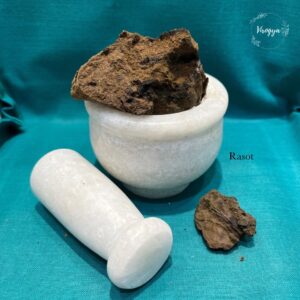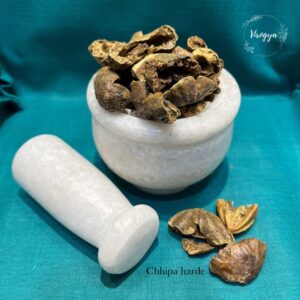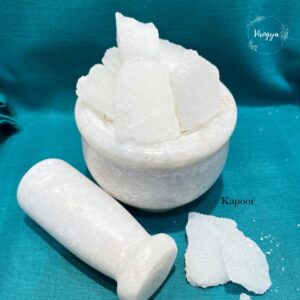Description
Tartaric acid is a naturally occurring organic acid widely found in plants, particularly in grapes, bananas, and tamarinds. It is a white, crystalline compound with the chemical formula C₄H₆O₆ and plays a significant role in various industries, including food, pharmaceuticals, cosmetics, and winemaking. Due to its strong acidic properties and ability to form stable complexes with metals, tartaric acid is commonly used as an acidulant, stabilizer, and chelating agent. Its presence in cream of tartar (potassium bitartrate), a byproduct of winemaking, further highlights its importance in both culinary and industrial applications.
Conclusion
Tartaric acid is a versatile and essential compound with widespread applications across multiple industries. From enhancing the taste and texture of food products to stabilizing pharmaceuticals and improving skincare formulations, its role is indispensable. While it is generally safe for consumption in regulated amounts, excessive intake can lead to health concerns. As a naturally derived acid with numerous beneficial properties, tartaric acid continues to be an important ingredient in food science, medicine, and industrial processes.


